The Lantern Festival or Lantern Day (元宵节- Yuánxiāo jié ) ends the celebrations of theSpring Festival.
The highlights of the Spring Festival
- The Spring Festival festivities (春节 / 春節, chūnjié) began on February 4, 2021 withan 8-day period called ” Little New Year ” (过 小 年 / 過 小 年, guòxiǎonián).
- This year, Chinese New Year’s Day (农历 新年 -Nongli Xinnian) fell on February 12, the firstday of the first month of the lunar calendar. Its celebration is spread over 8 days. We enteredthe year of the “Metal Ox”.
- The Lantern Festival (元宵节- Yuánxiāo jié ) ends the Spring Festival celebrations,on the 15th day of the first lunar month, on the first full moon of the year. It is also called”Yuanxiao Festival.
The days leading up to the Lantern Festival
Day 1
The first day marks the start of the festivities. The day before, a meal brings together the whole family. Thenew year’s day is also called ” rooster day ” or ” the beginning of the 1st morning “. People getgather in the streets to party. The dragon and lion dances chase away the wickedspirits to the sound of gongs. We light whole bunches of firecrackers all along the route of theparade.
Day 2
The ” day of the dog ” or ” the welcome of the son-in-law “. This is the one where married women visittheir family with children and husband to pray to the God of fortune and ask for his protection forthe new Year. The meal is vegetarian.
Day 3
The ” day of the pig ” or ” wedding of the mouse “. Offerings are prepared for the mice wholive in the house. It is a way of appeasing the anger of the “young girl with the paws ofmouse “that a coalman had offended.
Day 4
The ” day of the sheep “. It marks the return of the gods to the home with many offeringsof the inhabitants of the home.
Day 5
The ” ox day “. It is the signal for the end of the festivities by putting away the New Year’s decorations.The shops are reopening. In Hong Kong it is the anniversary of God of wealth. Firecrackers arelit, and sometimes commissioned lion dances.
Day 6
The ” day of the horse “. The animal is linked to Chinese culture. The Chinese could not have conquered andadminister China without the horse.
Day 7
The ” day of the laughing man “. This is the one where everyone changed their ages, the dates ofexact births were once kept secret. It is that of longevity. The family reunitesaround a meal and pray for the longevity of all.
Day 8
The ” day of the dragon “. It corresponds to the birthday of the god of the sky (天公, Tiāngōng} assimilated tothe Jade Emperor. A ceremony takes place at home or at the temple late at night. To celebrate it, weattend a dragon dance. Each company builds a giant paper dragon, polesbamboo supports the body It can measure between 8 and 10 meters long. His head oftendisproportionate, weighing up to 10 kilos. Candles can light up the interior.
Day 15
The ” Lantern Day “. It is also called “Festival of Light”. It closes the New Year celebrations.The “Lantern Festival” ((元宵节 – yuánxiāojié) takes its name from the first month of the calendartraditional Chinese ( Yuan-元) and night ( Xiao-宵).
Origins
The Lantern Festival would be heir to an ancient festival celebrating the decrease in lengthwinter nights. For Taoists, the 15th day of the first lunar month would be the anniversary of theTaoist god Tianguan, responsible for good fortune.
It has existed since the Western Han dynasty (206 BC – 25). In 104 BCE,Emperor Wudi (Han Dynasty) proclaimed that the Lantern Festival would be one of the celebrationsmost important in the country and that it would last all night.
A story about the origin of the holiday is said to be linked to an ancient warrior named Lan Moon, as the head of arebellion against a tyrannical king in ancient China. He was killed in the assault on the town and therebels gave his name to a festival to commemorate his memory.
Customs
Since the Song dynasty (960-1279), in Hangzhou, children go to the temple at night withpaper lanterns. They solve puzzles written on it. They will then find theirowners to get a reward. At that time, the lanterns were simple, red andsymbolized good fortune and happiness.
In some regions, we do the “walk to cure ailments”, group activity (mostof women’s time). It consists of crossing as many bridges as possible at night. Dating from the dynastyMing (1368 – 1644), this custom is like a prayer for health.
The legend
According to legend, people killed ferocious beasts and birds for protection. One day a sacred birdfell into the mortal world. Unaware of his origin, a hunter killed him. Following this, the emperorHeaven, ordered his soldiers to fire and burn everything on 15 th day of the 1 st month. Her daughter, against this idea, went secretly to the mortal world and informed the populations ofdestruction plan. An old man then had the idea of asking each family to lightlanterns or fireworks for three days before the punishment. Emperor Heaven saw fireeverywhere observing the world and thought that the man had been sufficiently punished, He decided toto spare it from further catastrophes. Since then, we light lanterns and fireworks everyyear on the same date to celebrate this victory.
The celebration today
Nowadays, people go at night, to parks adorned with giant luminous lanterns, inform of dragons and other animals, characters from classical literature but alsofamous Manhua characters and cartoons. You can also drop flying lanterns inas a prayer. We see fireworks everywhere and we taste sweets.Photographing the first full moon of the year remains a tradition.
Hong Kong equates it to a commercial event like a party for lovers. Hercelebration is nocturnal despite lion dances and stilt walks in the afternoon.
What are we eating for the Lantern Festival?
The soup of sticky rice balls stuffed with a sweet paste (sesame, peanuts, nuts, flowers, pastered bean, fruit ..). The shape of sticky rice balls (Yuanxiao-元宵or (Tangyuan –汤圆) symbolizes family reunion and wholeness.
Chinese lanterns
During the parade, children and adults carry round lanterns, decorated with signs of the zodiac,animals, flowers, plants or in the image of Chinese mythology and traditions.
Traditional paper and candle lanterns are released into the sky in a ballet of light.
Today, paper and candles are increasingly replaced by plastic lanterns. TheHeroes from cartoons or movies watched by children adorn the lanterns.
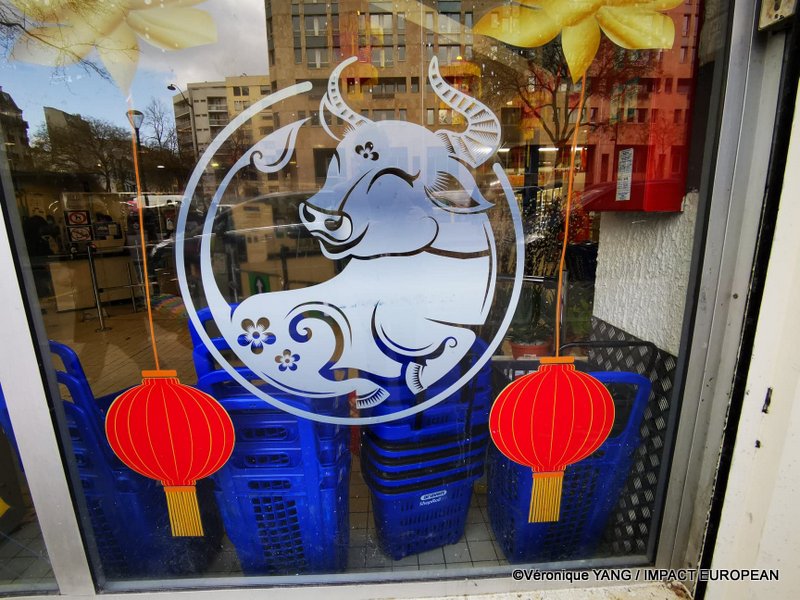
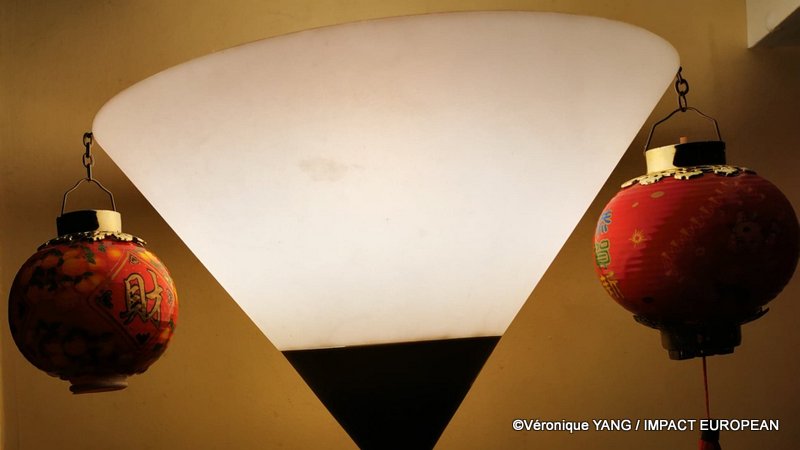
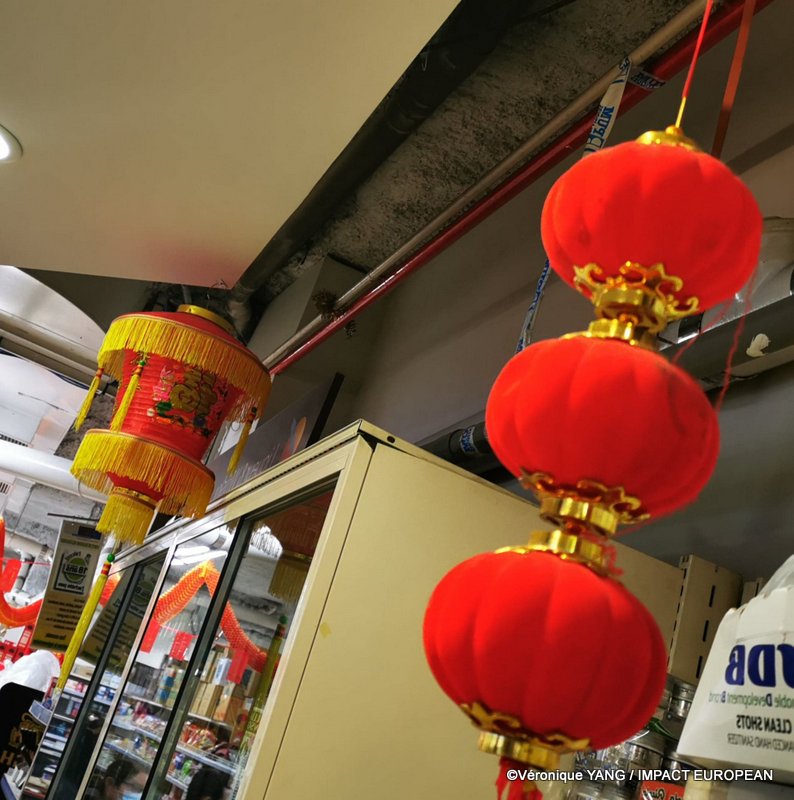
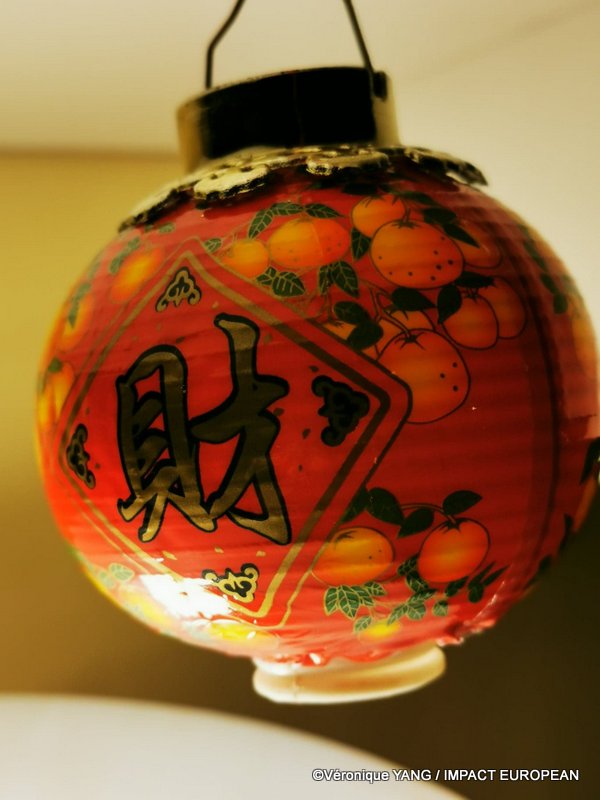
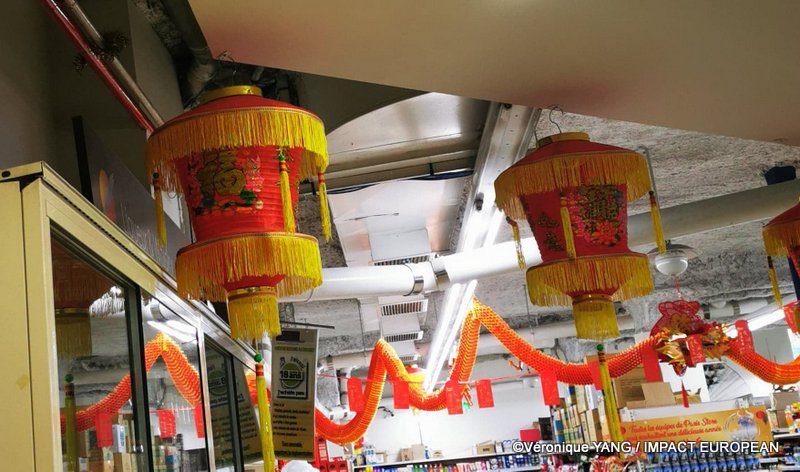
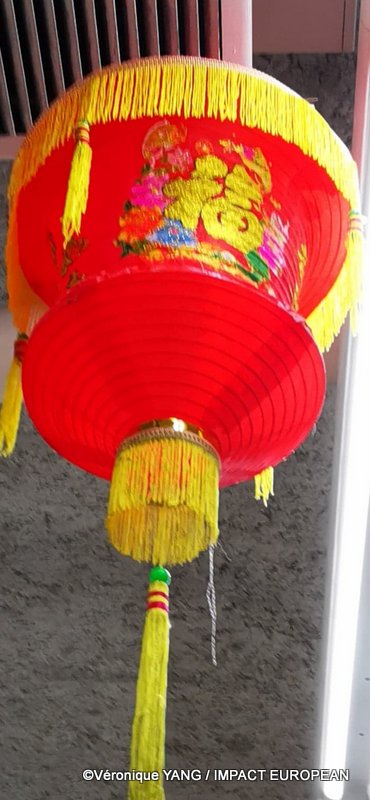
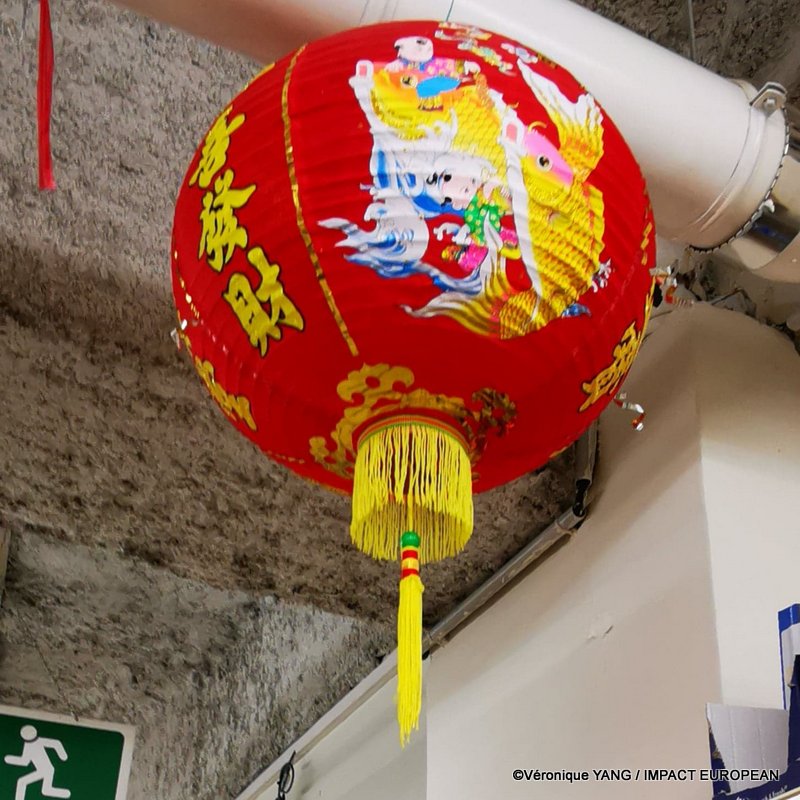
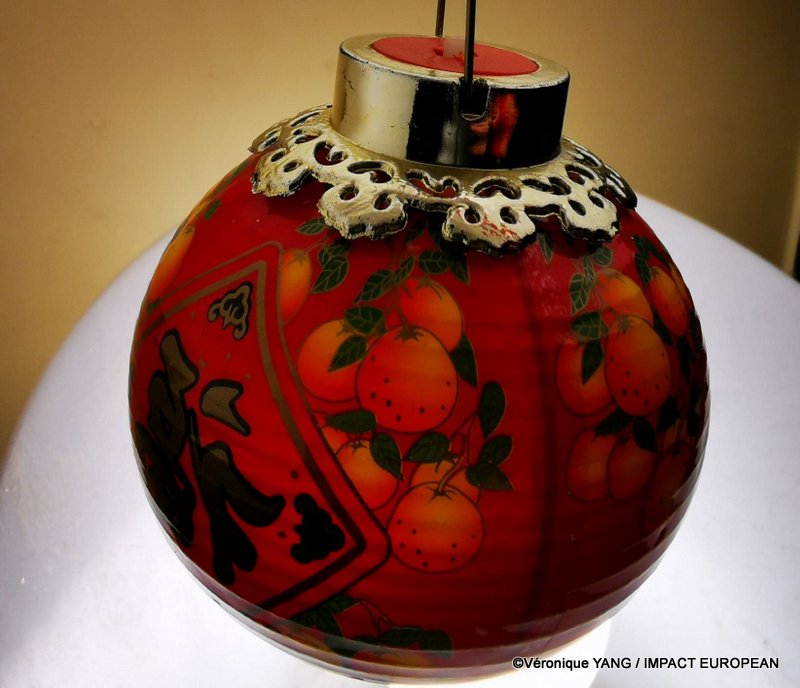
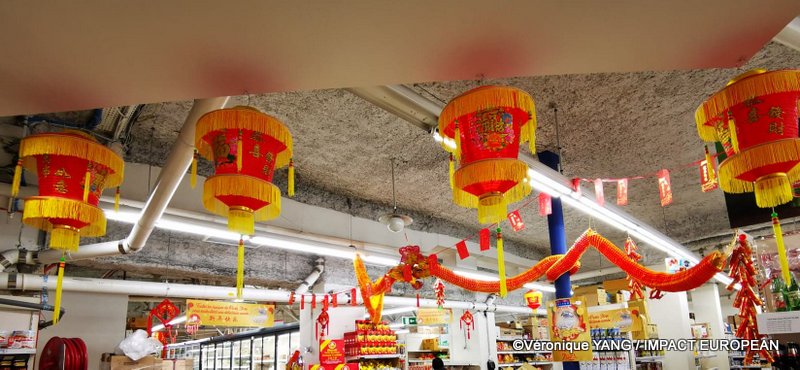
More Stories
METAL D’ALCOVE, the workshop of Eric KATZ, lighting sculptor in Montmartre
Paris Marathon 2024: Victory for Ethiopians at the Paris marathon
Gelsomina